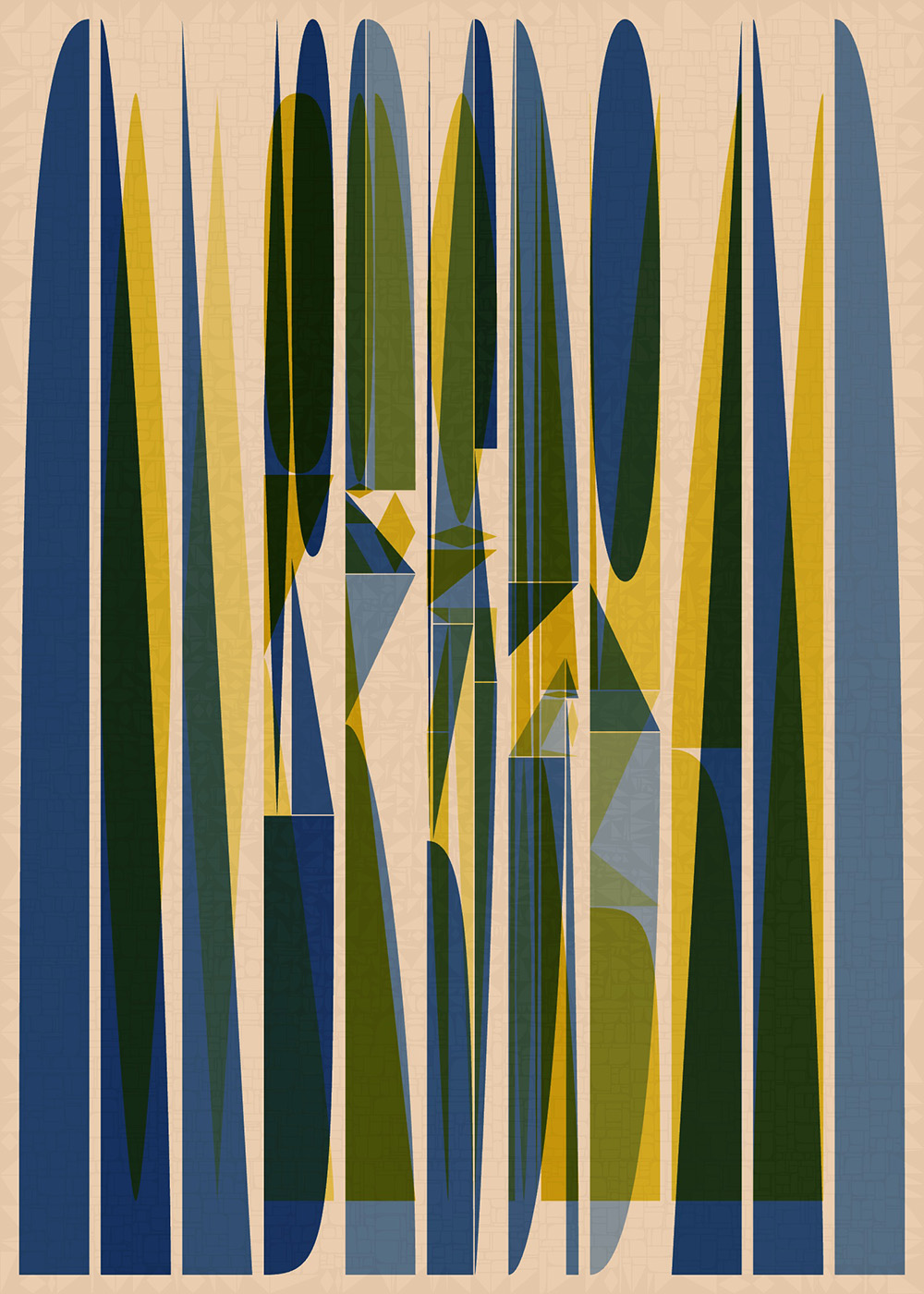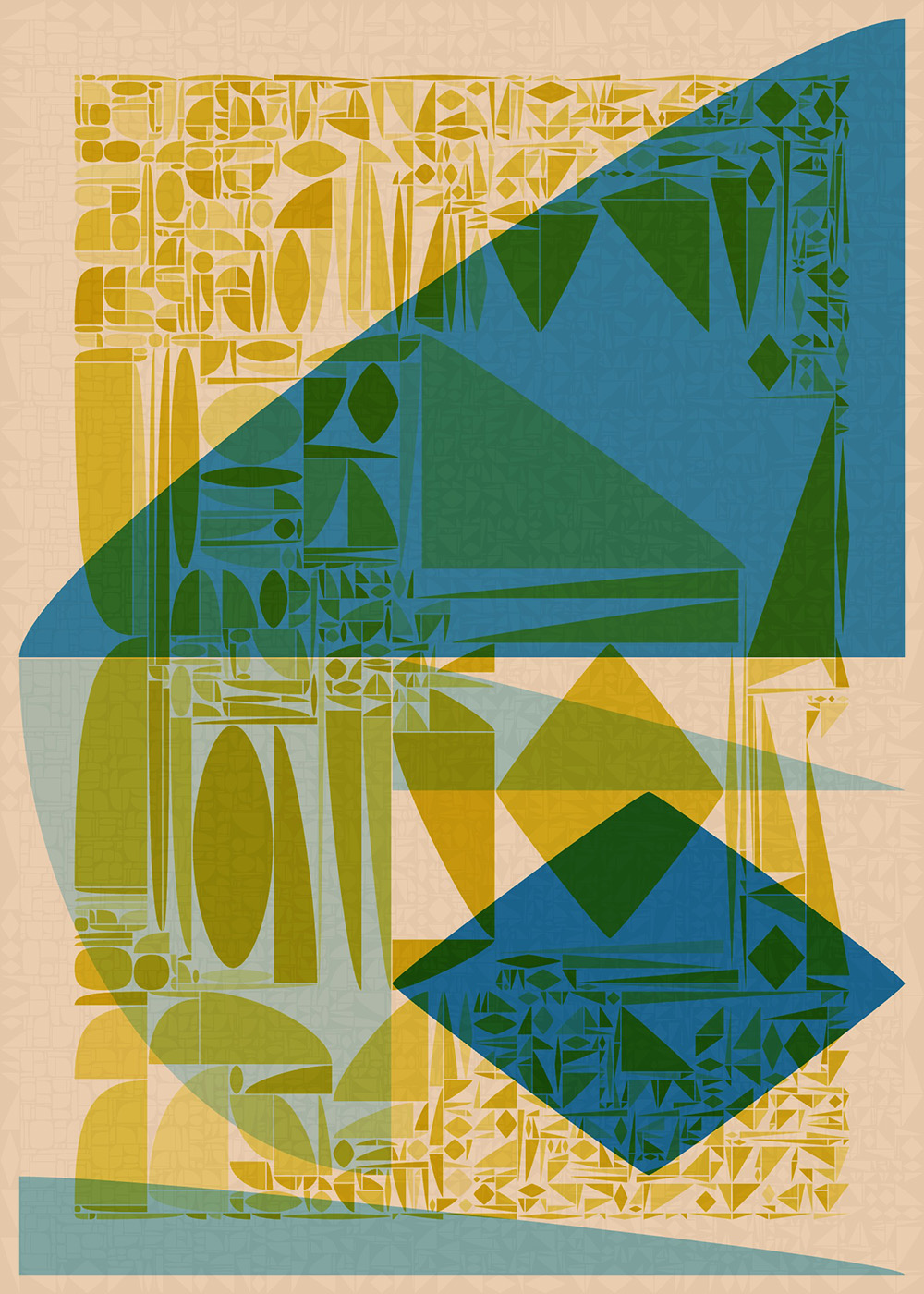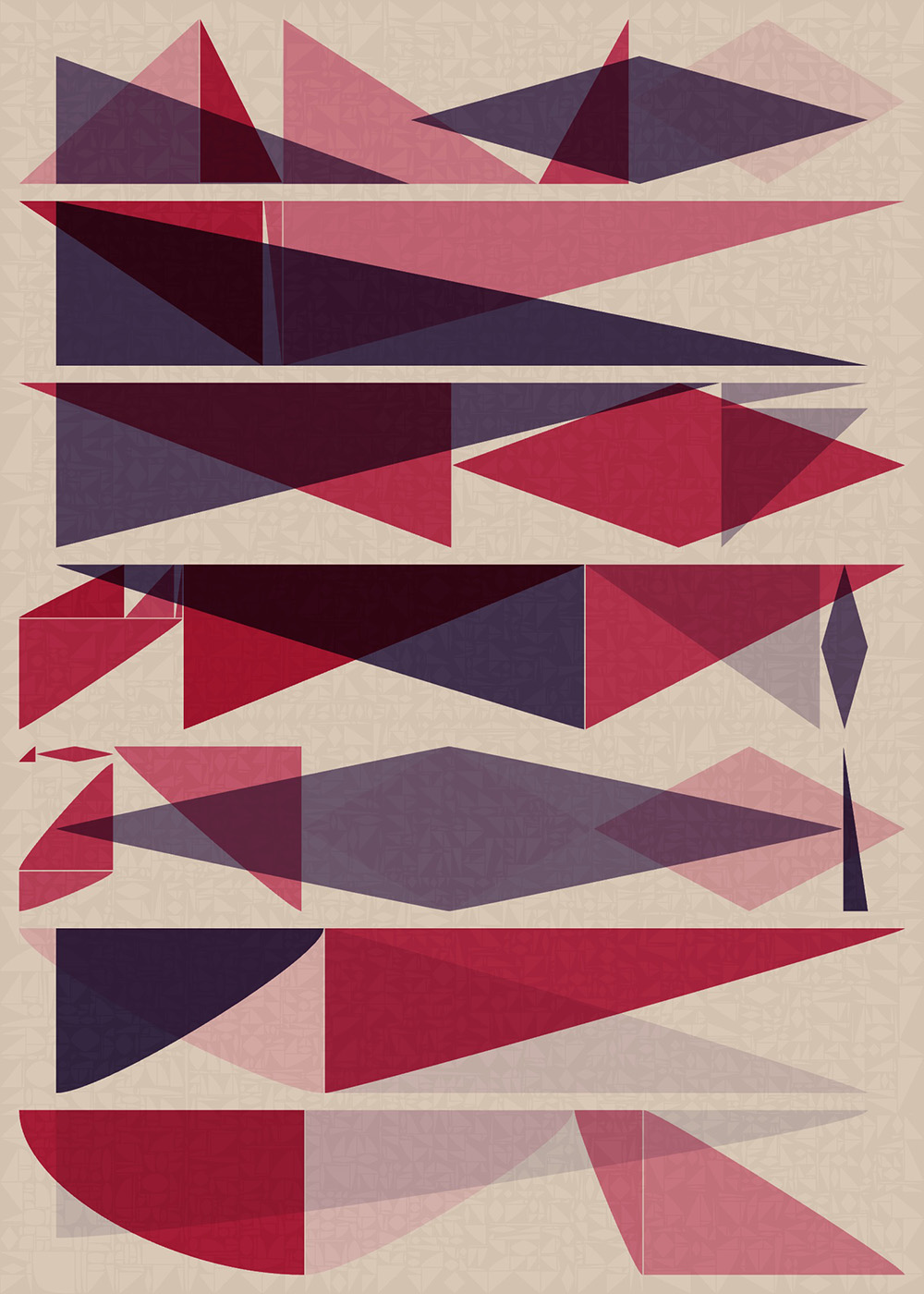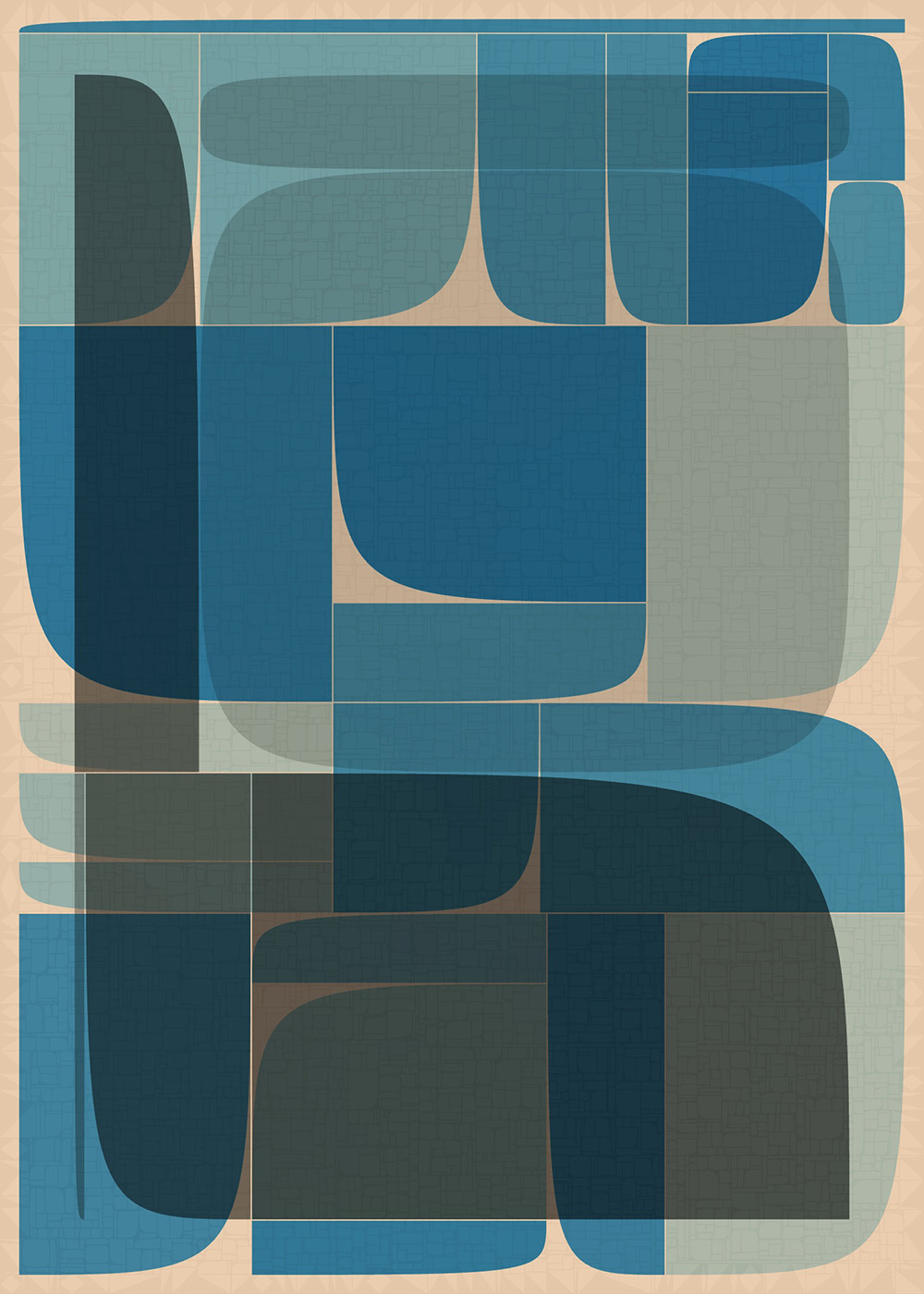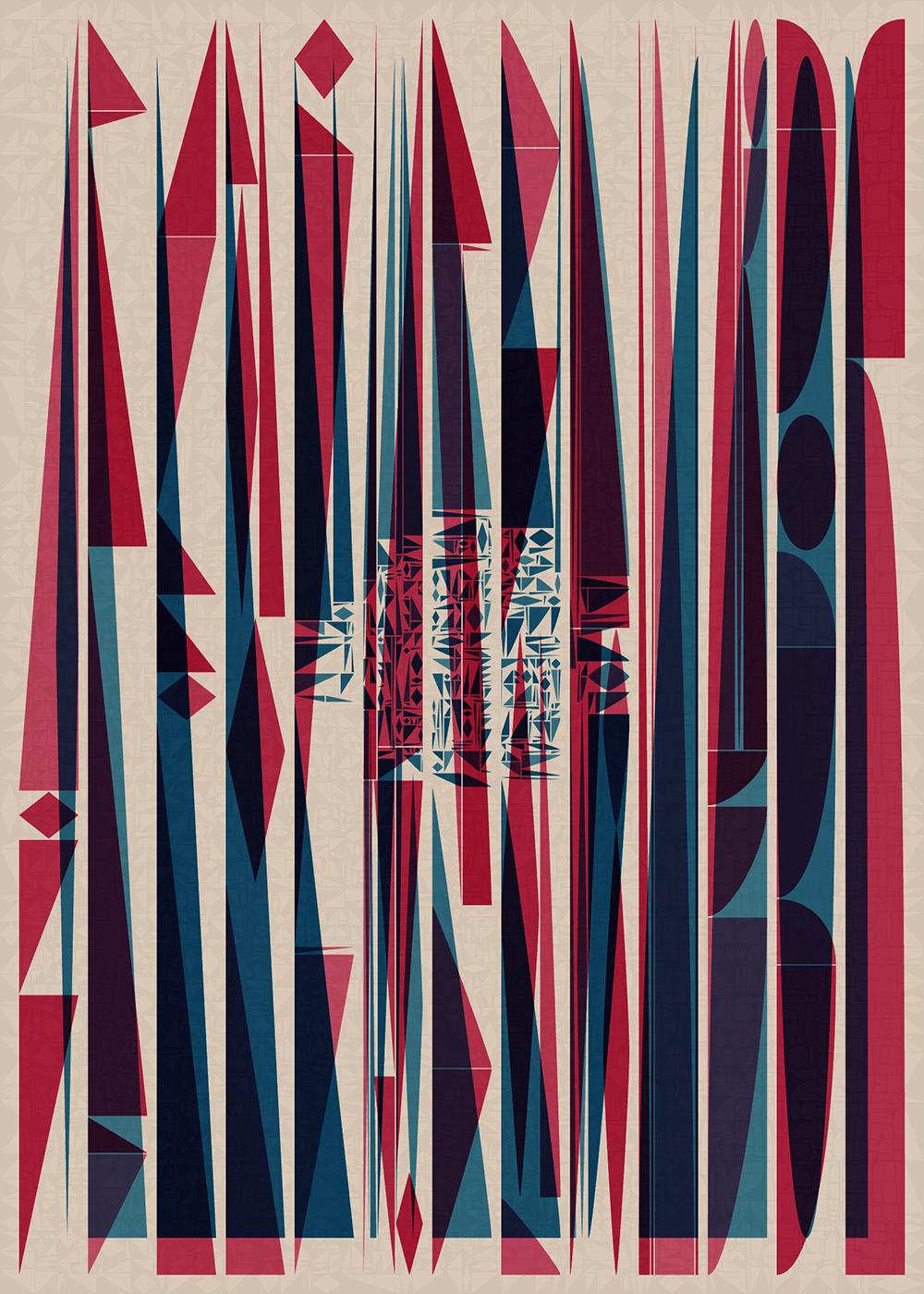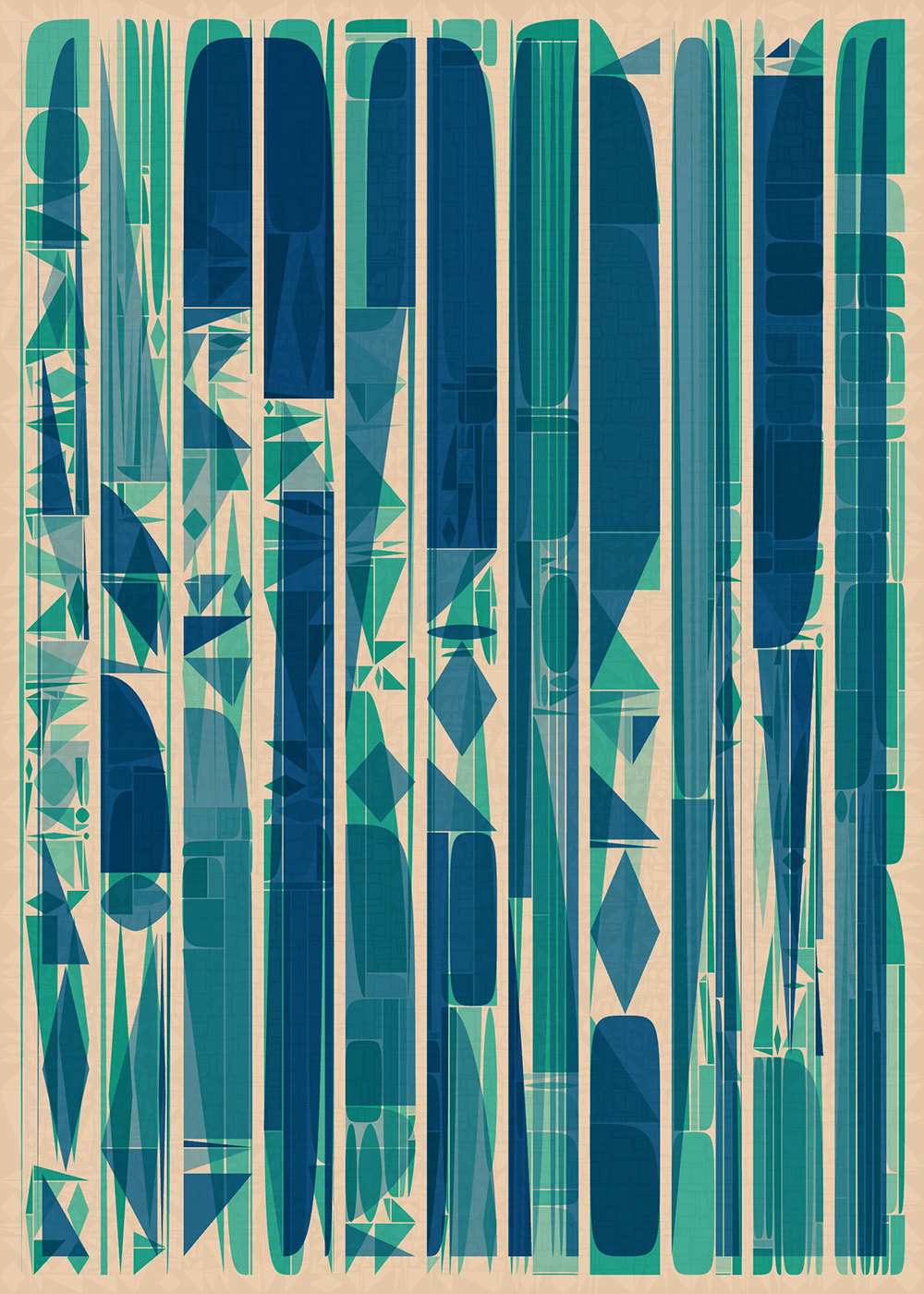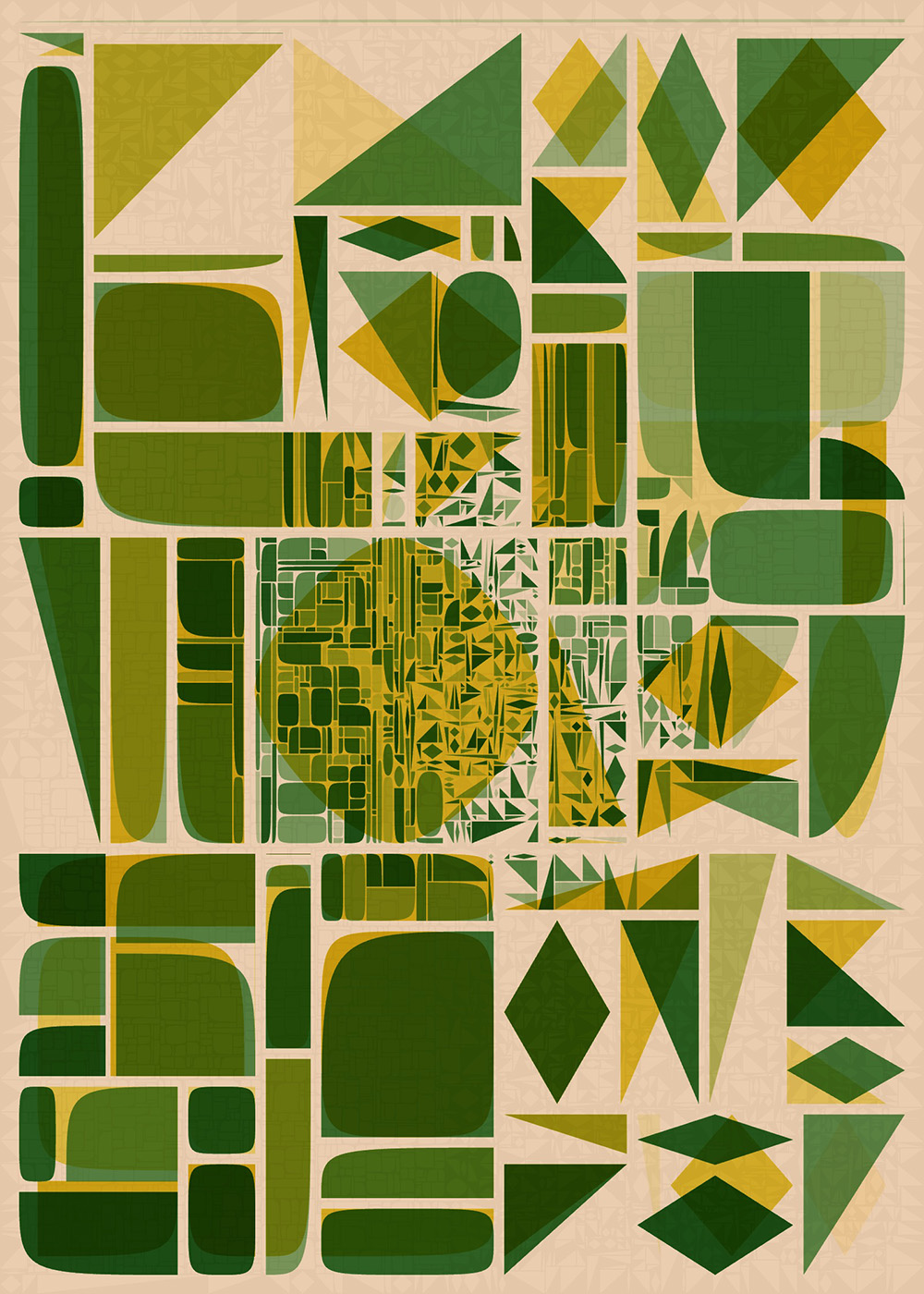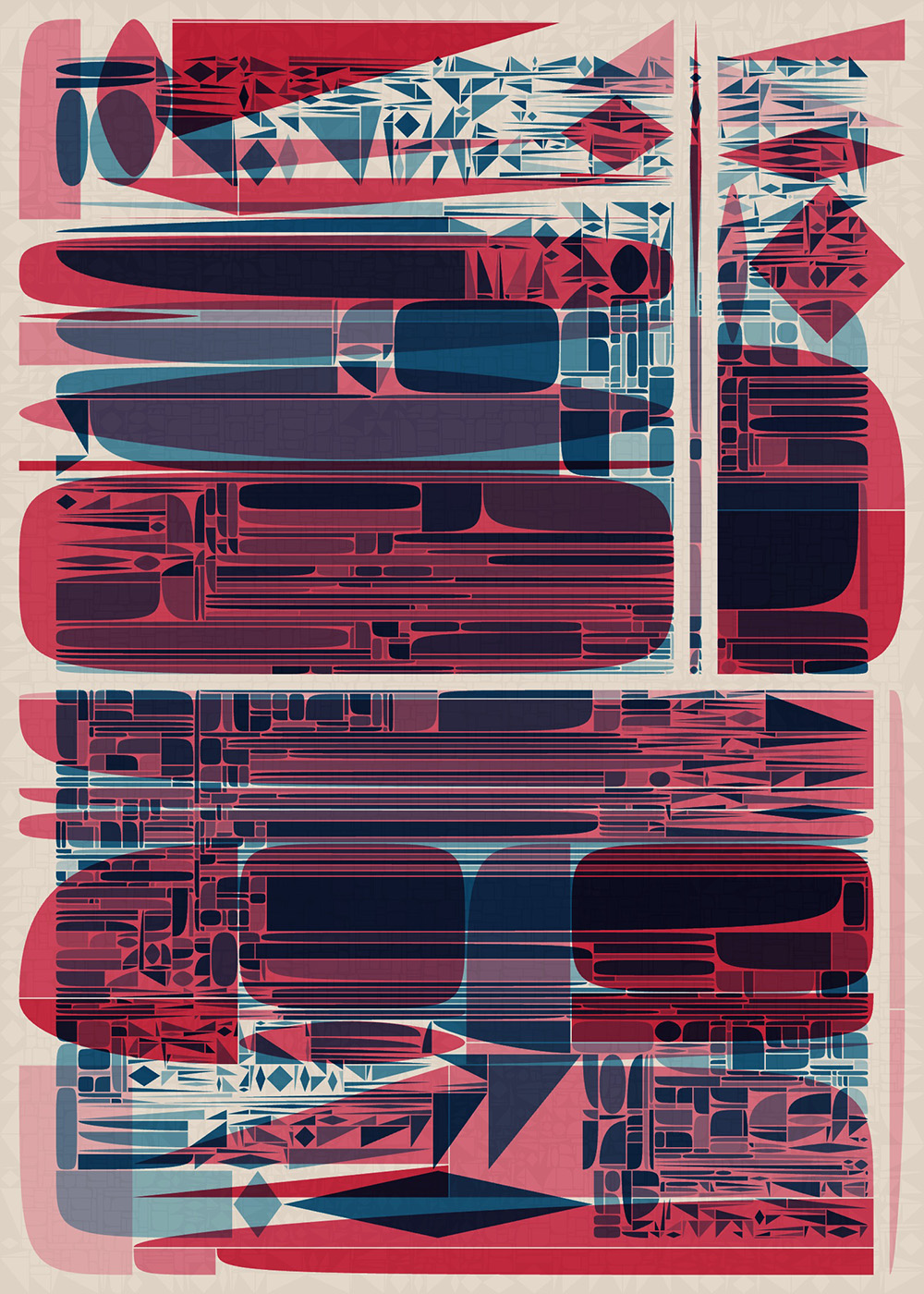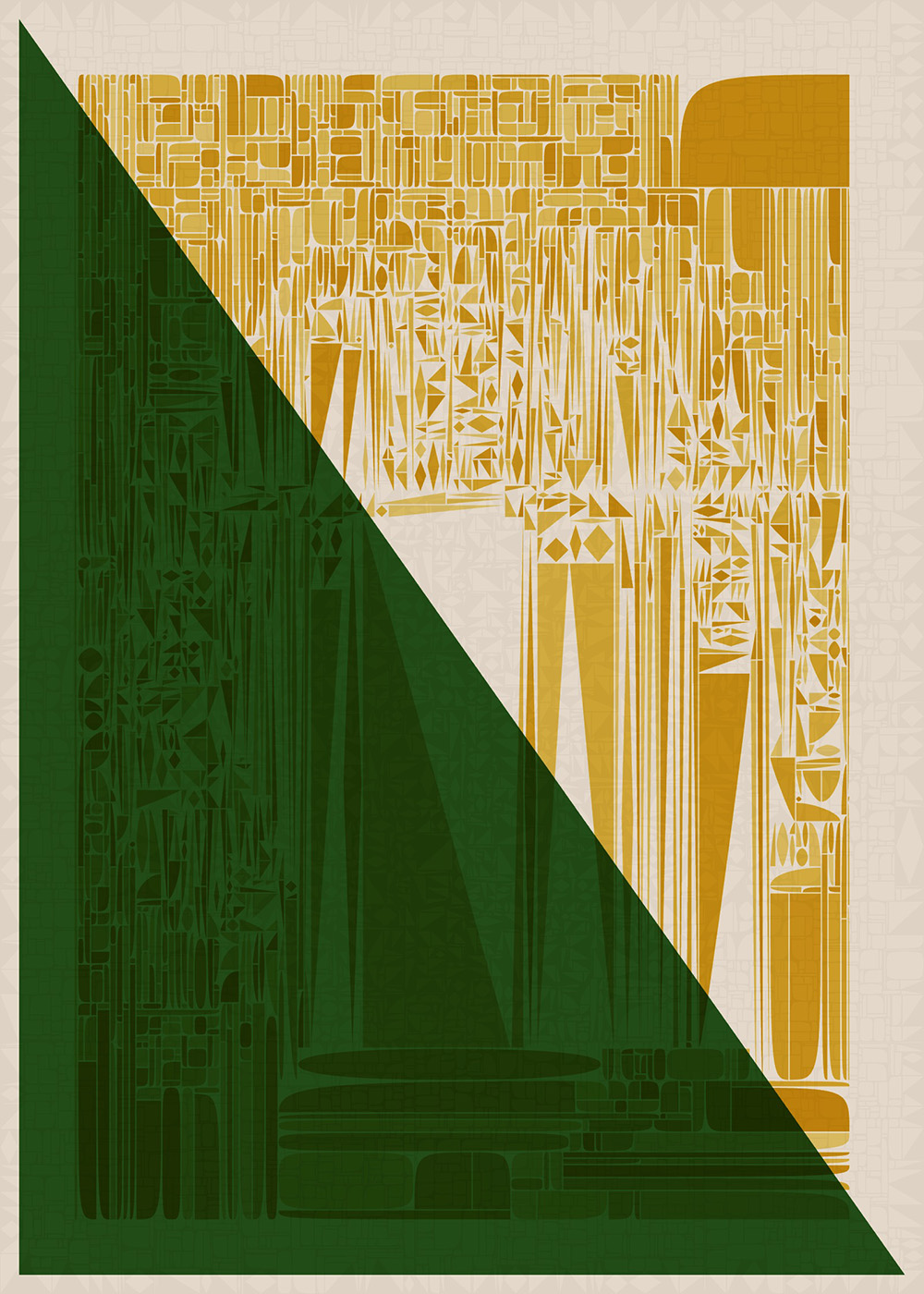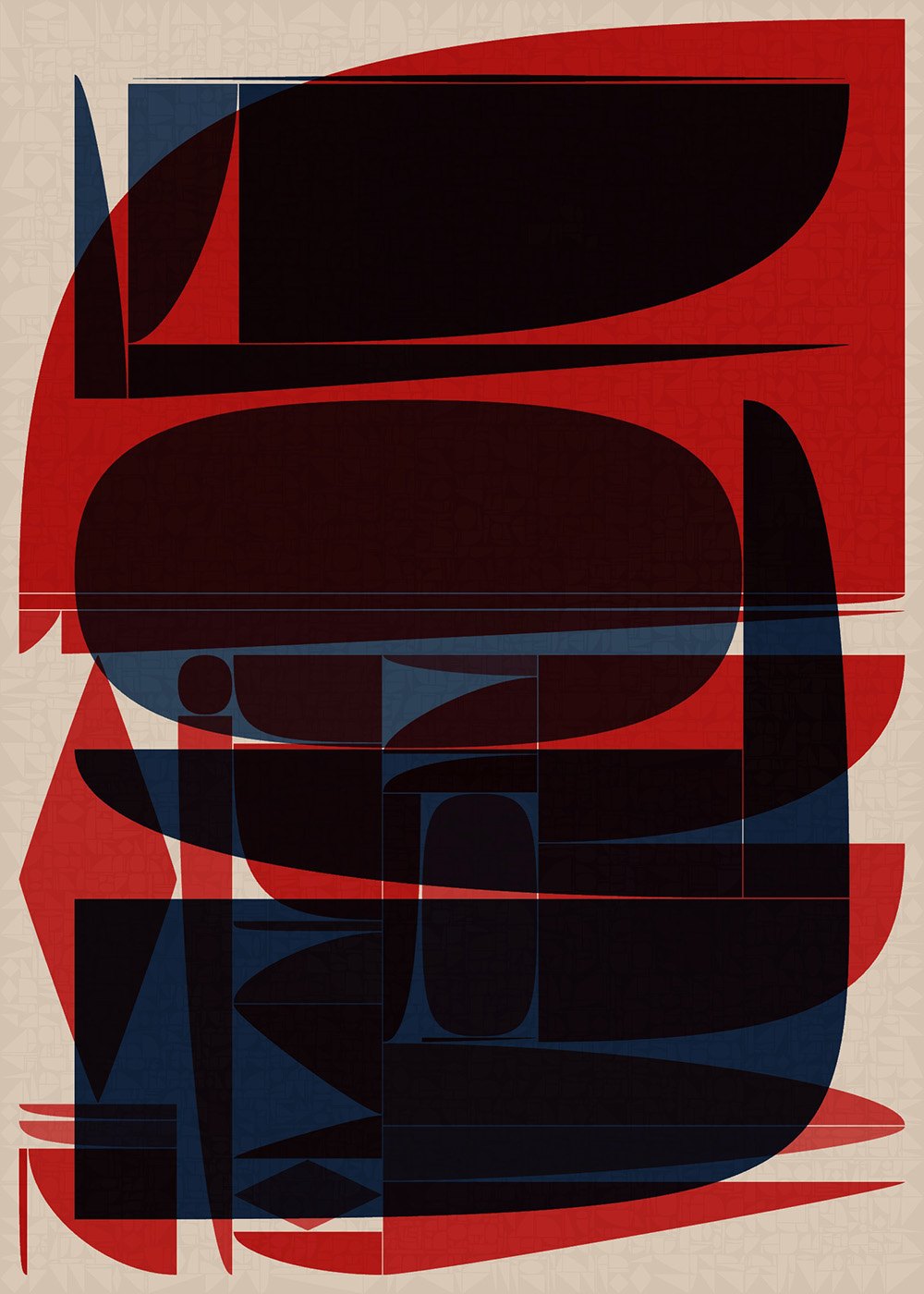MONOGRAPH — 2024
Long form collection, work in progress
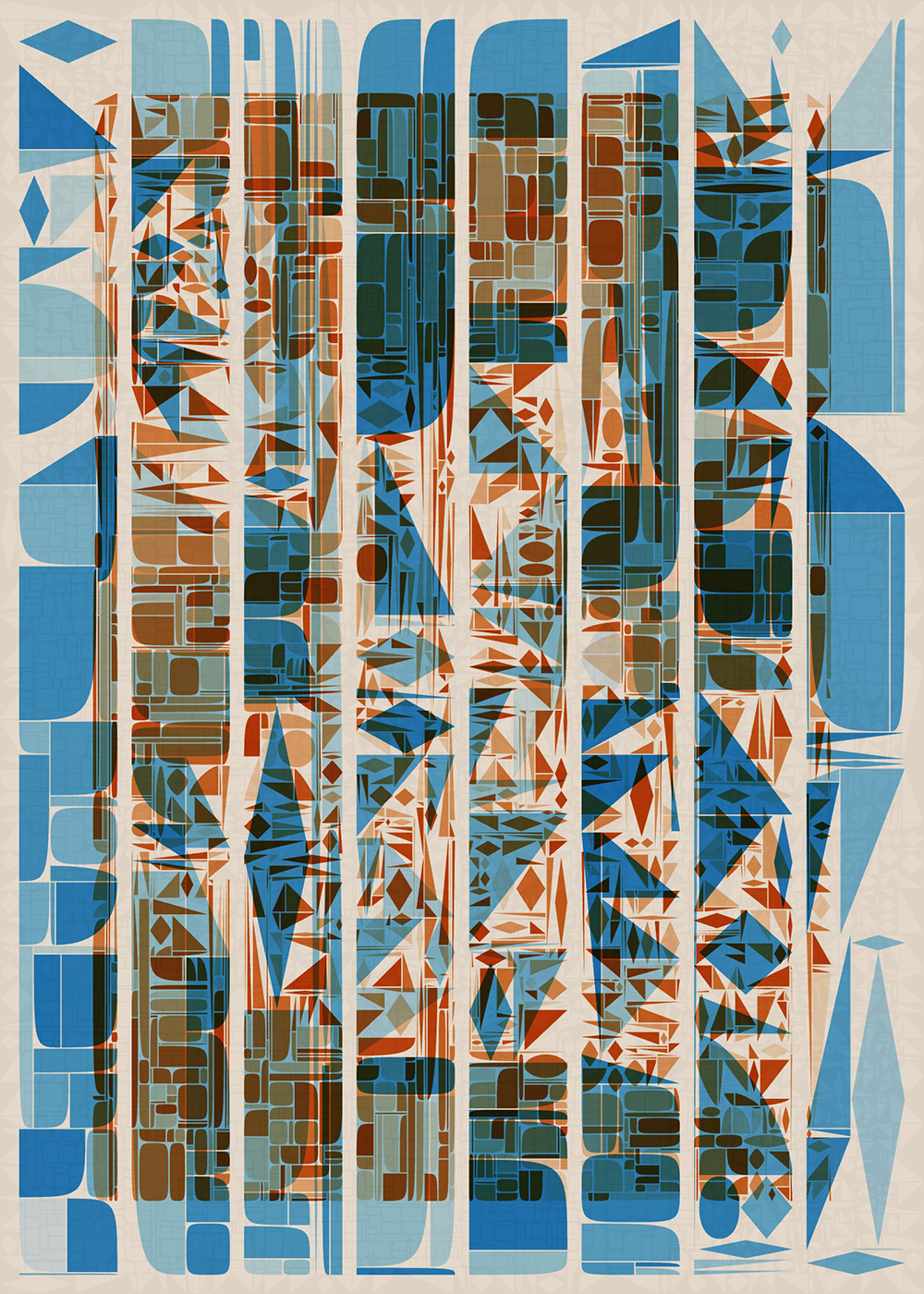
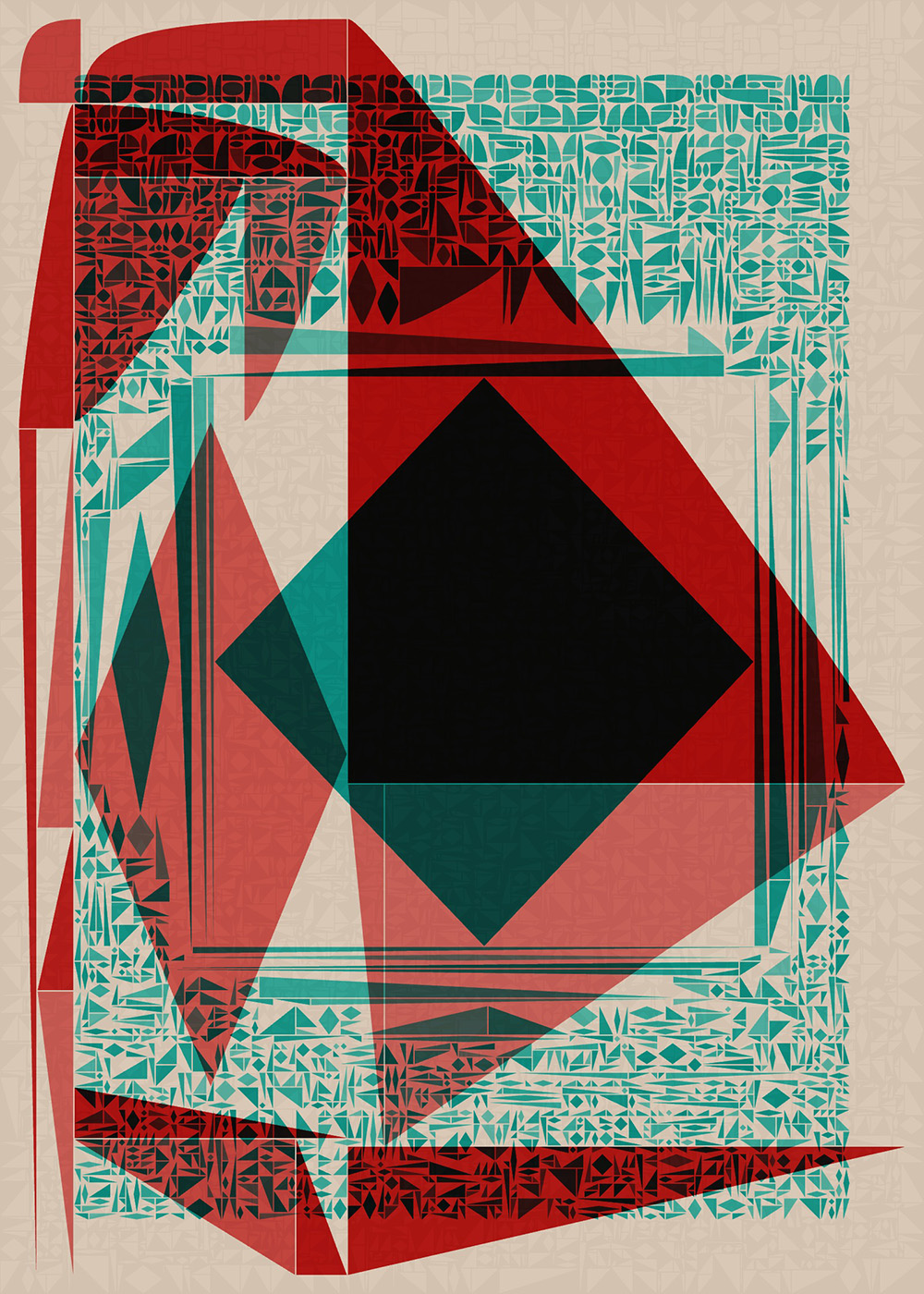
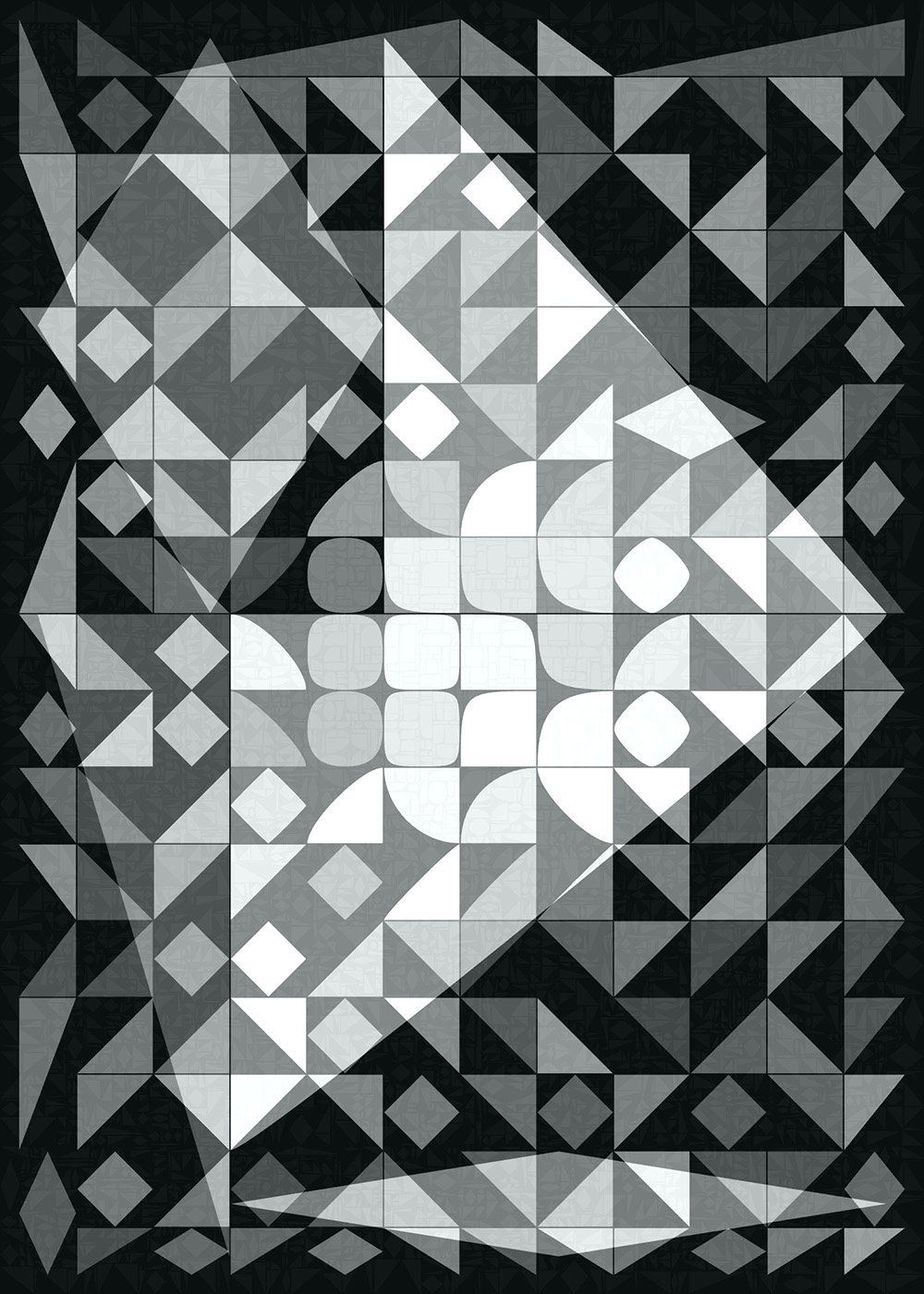
Monograph is a focused and detailed exploration at the intersection of technology and visual art, drawing inspiration from the ‘Belle Isle’ series by Hungarian-French artist Victor Vasarely, which served as a precursor to the op art movement. This series captures the essence of mid-20th-century modernist abstract art through the lens of contemporary digital innovation.
This generative art collection generates intricate images that echo the formal experimentation and geometric abstraction of a bygone artistic era. Each piece invites the viewer on a visual experience, offering a dynamic interaction through its patterns and colors. There is an inherent kinetic feel to the artwork. The designs are an exploration and discovery, where abstract forms and perceptual experiences blend to create a canvas in motion.
The outputs of Monograph are comprised of simple geometric shapes, creating patterns between compelling complexity and bold minimalism. Although the shapes in the artwork remain static, they captivate the viewer's eye, encouraging a journey across the canvas. This effect, achieved through the clever arrangement of elements, brings a sense of movement and liveliness. The piece serves as a study and exploration of fundamental composition, playing with elements like repetition, contrast, depth, tension, and the division of space to challenge and engage the observer.
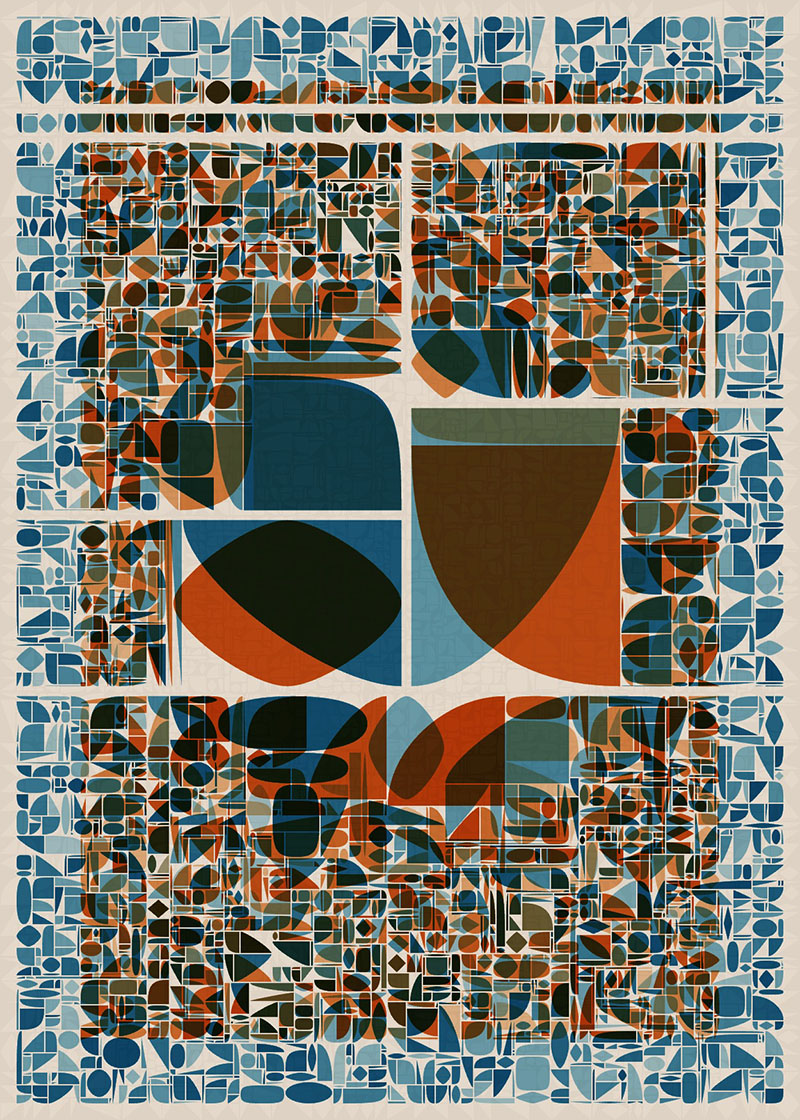
Main layers
The top two layers of the composition are segmented into different levels of detail and complexity. Initially, a common layout mode – full, columns, rows, or subdivision – is applied to each layer, creating larger initial shapes that make up the solid foundation for the final layout. These shapes are then further divided based on specific principles, such as lightmaps, selected individually for each layer. This approach can lead to a harmonious or contrasting relationship between the layers.

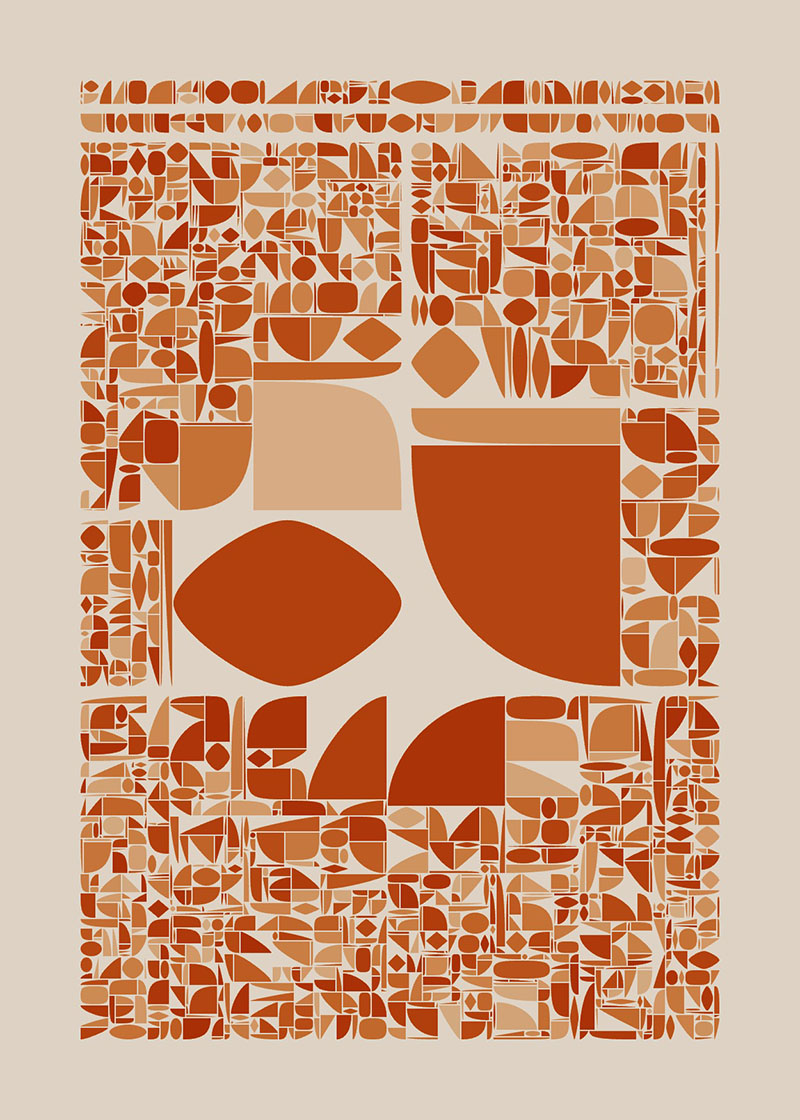
Two main layers
Background
Monograph features a dual-layered approach, complemented by a third layer of fine geometric details. This imparts a watermark-like texture, transforming the background into a textural element of its own. This subtle addition enhances the background texture, avoiding the need for noise, and further enriches the composition's depth and perceived movement.

Enhanced background layer as textural element
Rounding
The subdivision process produces a grid of rectangles, each of which is then softened with a number of bezier curves. The extent of this rounding varies, ranging from smooth, voluptuous curves to sharp, almost triangular forms, often coexisting within the same design. This stylistic choice is a nod to the abstract art of the mid-20th century modernist movement.
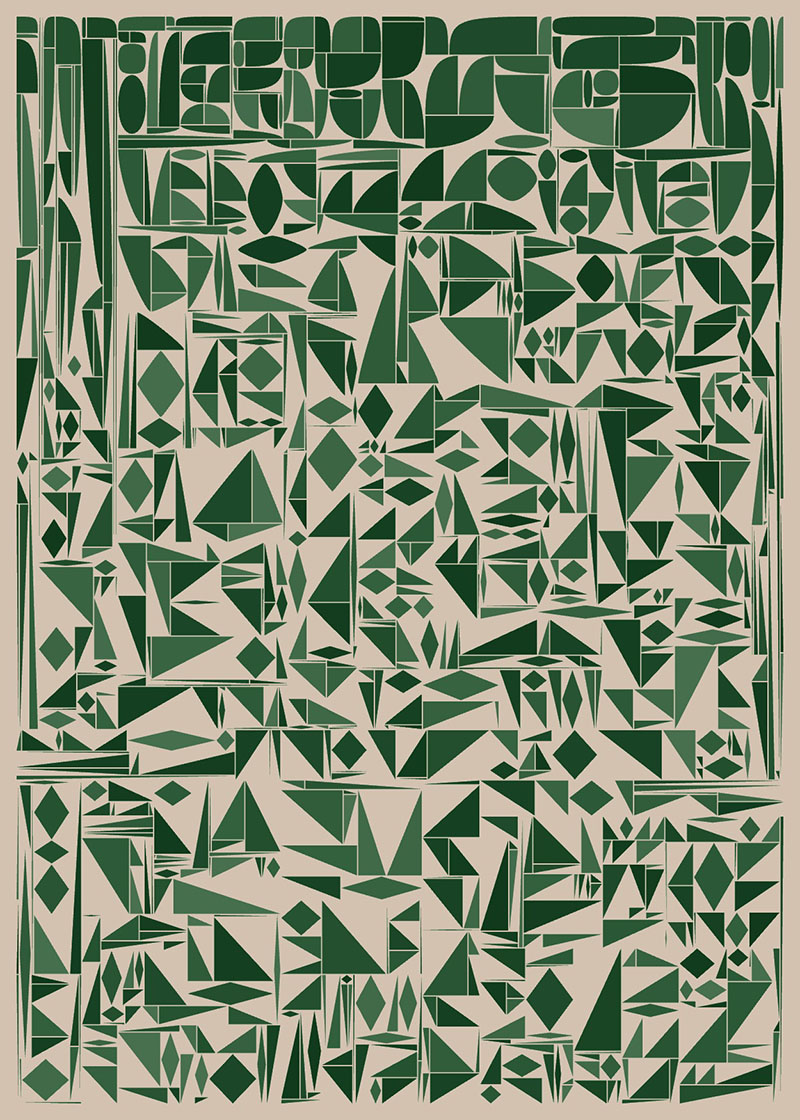
Modulated shapes - Top fully rounded to bottom sharp
Lightmaps
The level of detail of the shapes' subdivision and the choice how much to round them are based on individually generated lightmaps. These lightmaps are essentially a 2D grid with a specific resolution, stored in a two-dimensional array. Each cell in this 2D grid holds a value ranging from 0 to 1. This method allows for the efficient use of gradients, (blurred) circles, noise, and various other shapes and patterns to drive the generation of several processes in the design in a performant way.
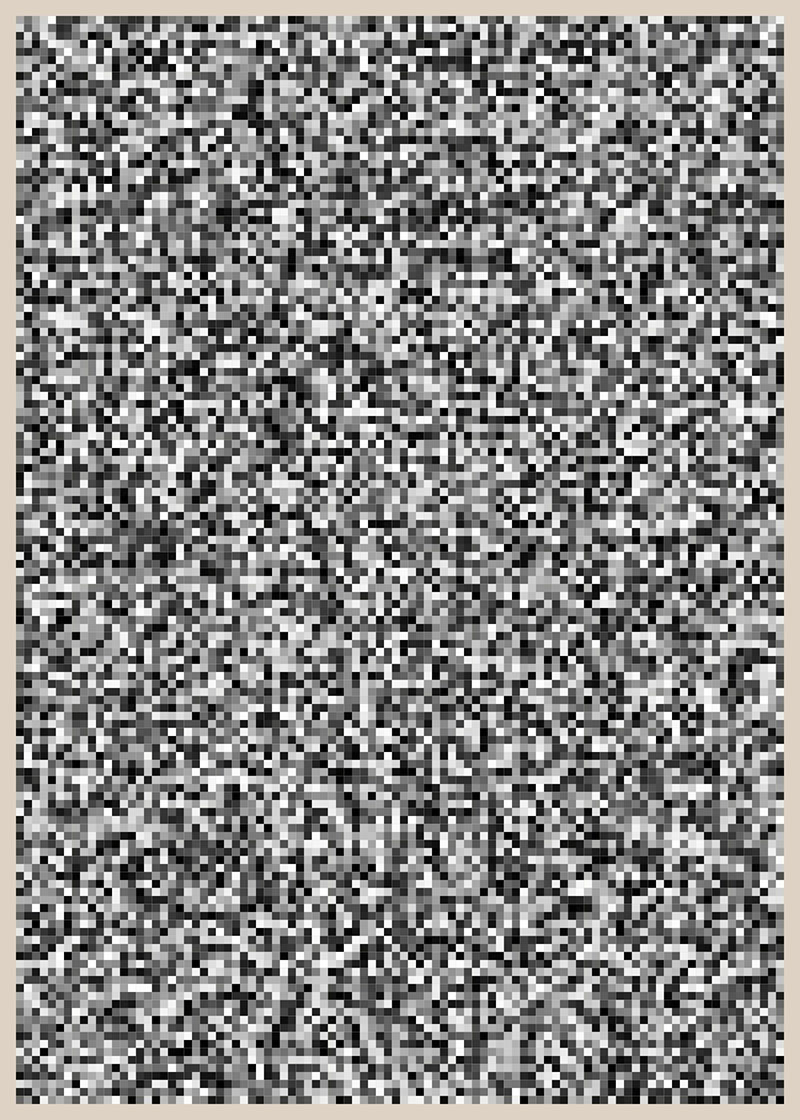
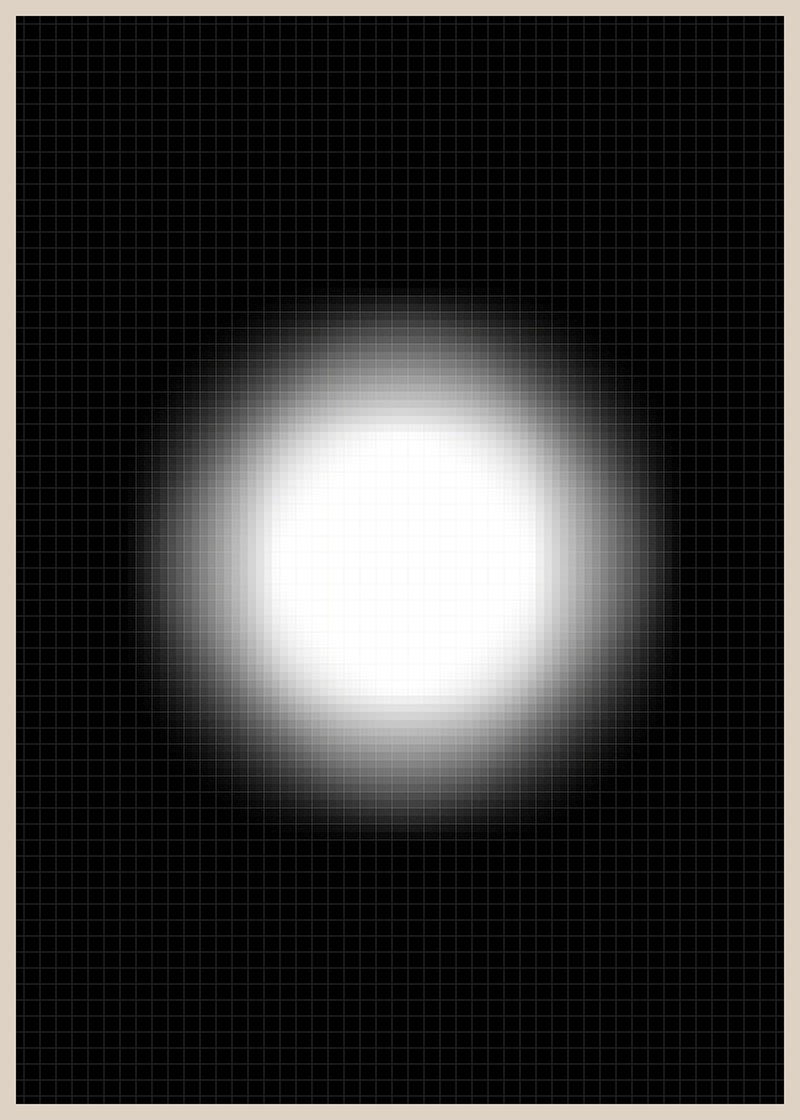

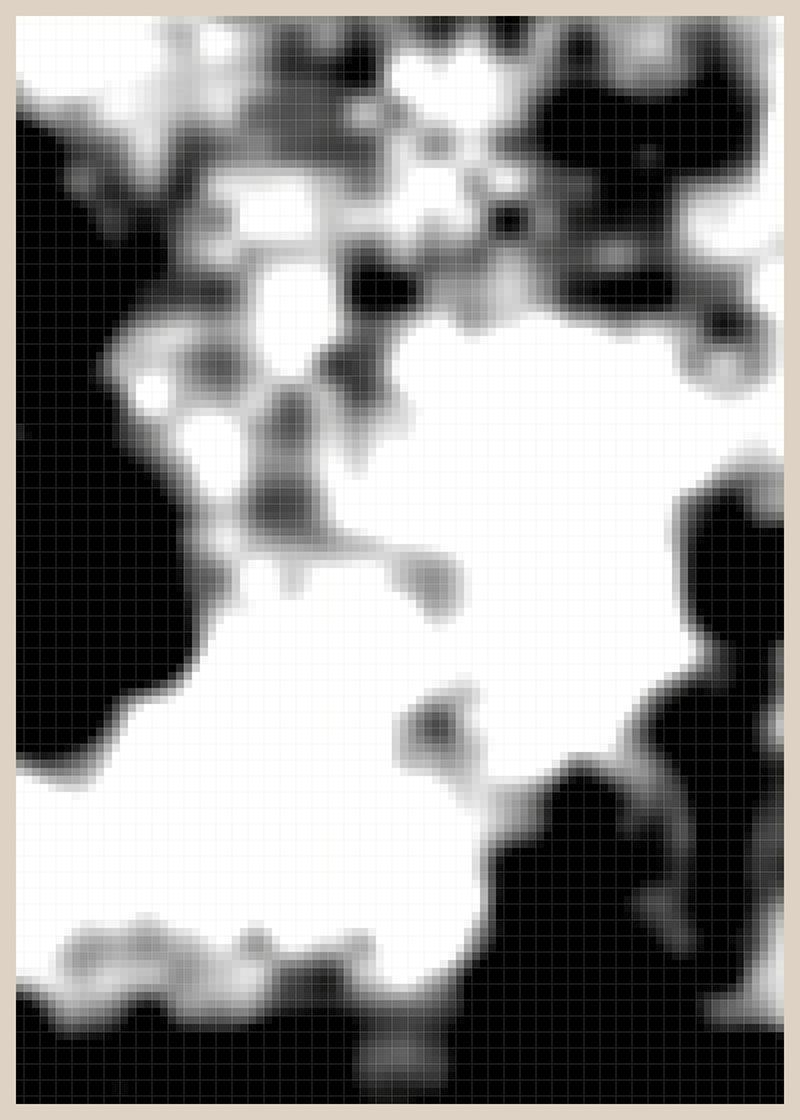
Some lightmaps to modulate parameters: Random - Circle - Gradient - Noise
Color
Color plays a pivotal role in Monograph. The palettes range from harmonious to contrasting, breathing vibrant dynamism into each output. Each color palette is chosen from a list of handpicked values, categorized into reds, greens, blues, yellows, and neutrals. For each layer, a specific opacity range is set. Higher opacity values yield a more flat and bold appearance, whereas lower values bring about subtler, more varied color applications.
The shapes are layered in successive passes, each overlaid on the previous one, utilizing either the multiply or add blend mode. Such layering allows the colors to naturally mix where shapes overlap, creating a colorful but coherent tapestry. This approach to applying color, evocative of screen printing or risography, pays homage to more traditional printing techniques known for their meticulous craftsmanship.

